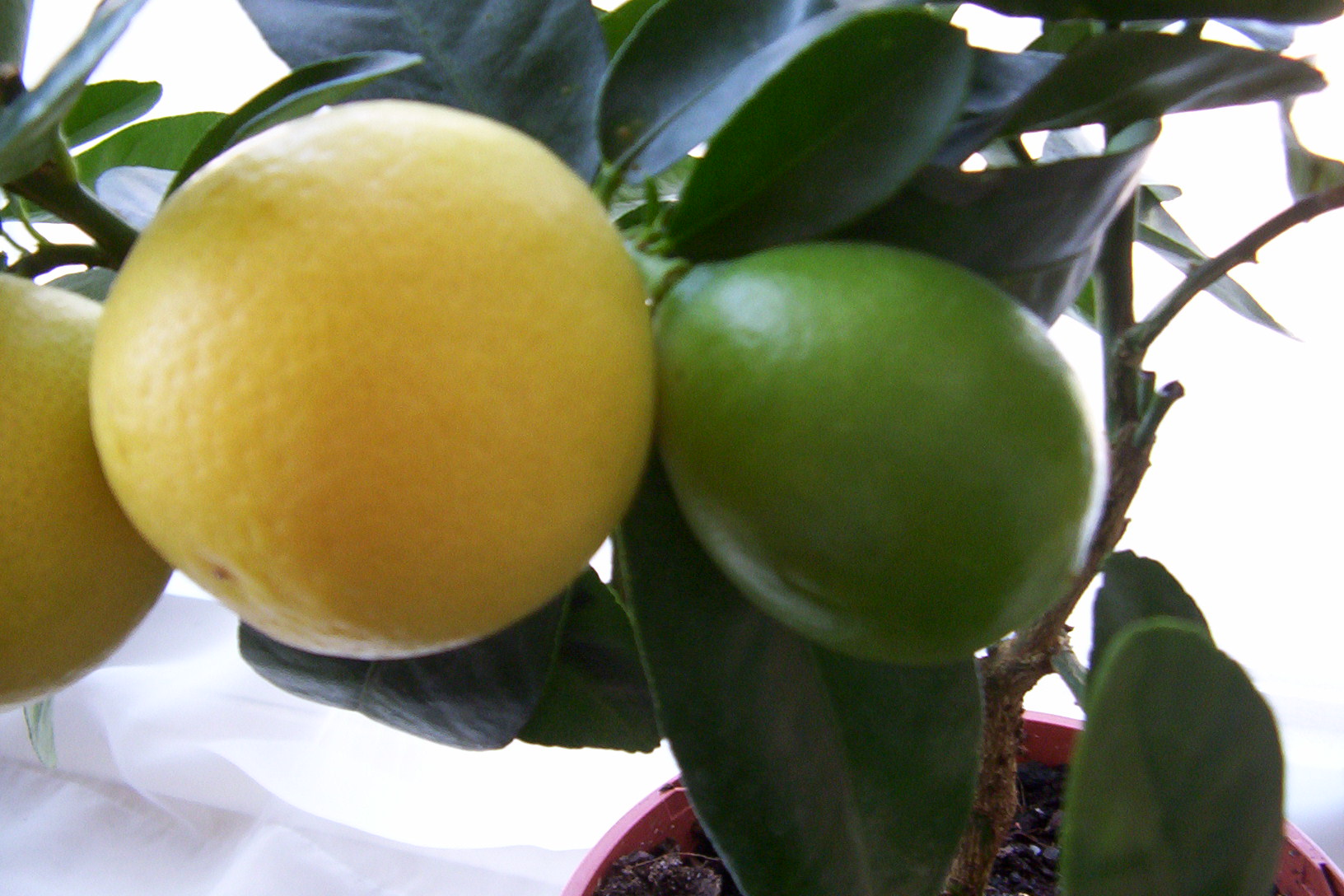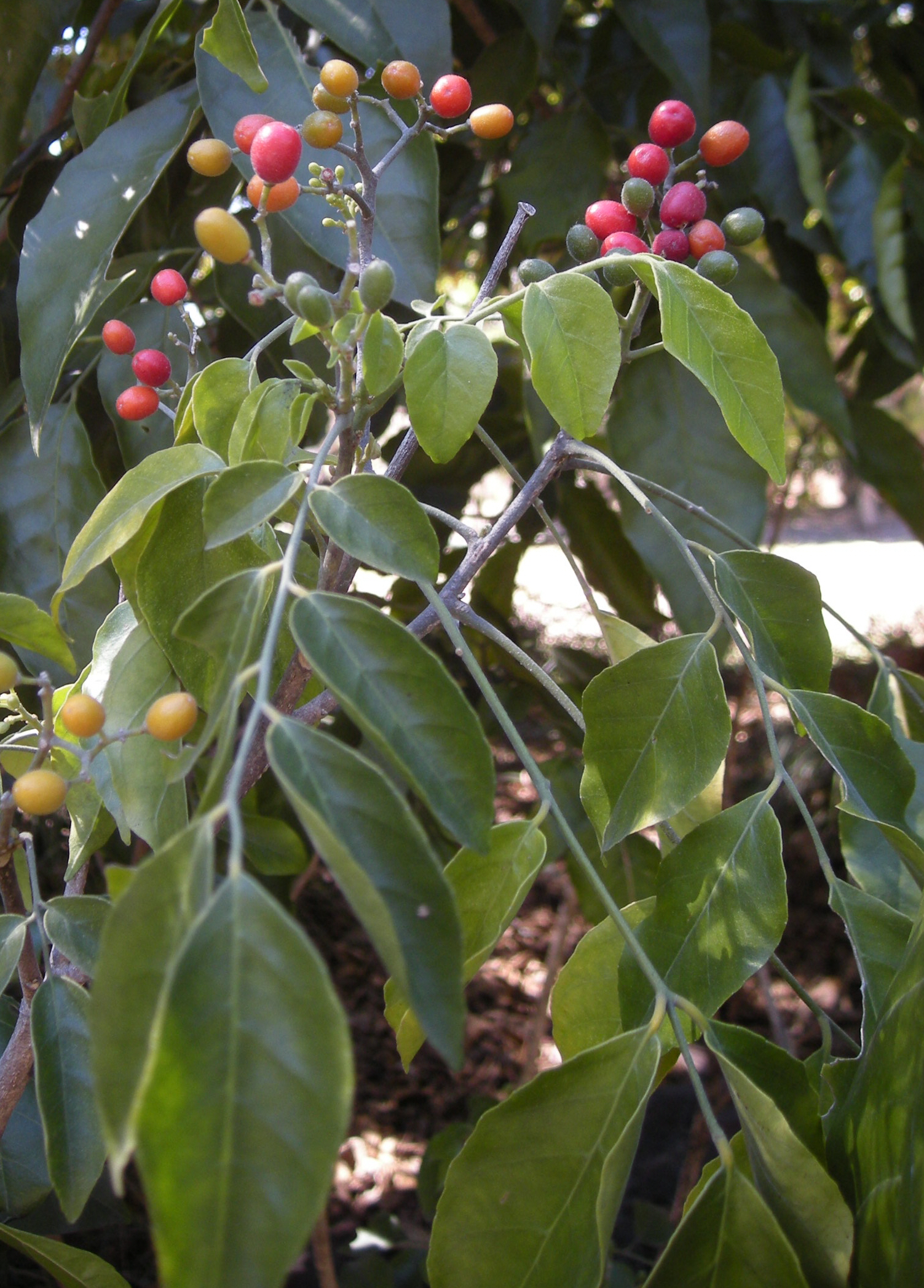|
Murraya Caloxylon
''Merrillia'' is a monotypic genus of flowering plants in the citrus family, Rutaceae, containing the single species ''Merrillia caloxylon''. Its English language common names include flowering merrillia, katinga, and Malay lemon. In Malaysia it is called ''ketenggah'' and ''kemuning gajah''.Lim, T. K. (2012)''Merrillia caloxylon''.In: ''Edible Medicinal And Non-Medicinal Plants''. Springer Netherlands. 890-92. The species is native to Malaysia, Thailand, and Sumatra in Indonesia. This species is a member of the Rutaceae subfamily Aurantioideae, which includes the genus '' Citrus''. It has been placed as the only genus and species in the subtribe Merrilliinae, which are known technically as the large-fruited remote citroid fruit trees.Citrus Variety Collection. University of California, Riverside. The genus is sun ... [...More Info...] [...Related Items...] OR: [Wikipedia] [Google] [Baidu] |
Walter Tennyson Swingle
Walter Tennyson Swingle (January 8, 1871 – January 19, 1952) was an American agricultural botanist who contributed greatly to the classification and taxonomy of citrus. Biography Swingle was born in Canaan, Pennsylvania, and moved with his family to Kansas two years later. He graduated from the Kansas State Agricultural College in 1890, and studied at the University of Bonn in 1895–96 and 1898. Swingle married Lucie Romstaedt in 1901; she died in 1910. He married Maude Kellerman, daughter of William Ashbrook Kellerman, in 1915 and they had four children. He died in Washington, D.C., on January 19, 1952. In 1927, botanist Elmer Drew Merrill published ''Swinglea'', which is a genus of flowering plants from the Philippines, belonging to the family Rutaceae and named in Walter Tennyson Swingle's honor. Contribution to US agricultural industry Swingle worked at the United States Department of Agriculture (1891), investigated subtropic fruits, established laboratories in Flor ... [...More Info...] [...Related Items...] OR: [Wikipedia] [Google] [Baidu] |
Panicle
A panicle is a much-branched inflorescence. (softcover ). Some authors distinguish it from a compound spike inflorescence, by requiring that the flowers (and fruit) be pedicellate (having a single stem per flower). The branches of a panicle are often racemes. A panicle may have determinate or indeterminate growth. This type of inflorescence is largely characteristic of grasses such as oat and crabgrass, as well as other plants such as pistachio and mamoncillo. Botanists use the term paniculate in two ways: "having a true panicle inflorescence" as well as "having an inflorescence with the form but not necessarily the structure of a panicle". Corymb A corymb may have a paniculate branching structure, with the lower flowers having longer pedicels than the upper, thus giving a flattish top superficially resembling an umbel. Many species in the subfamily Amygdaloideae, such as hawthorns and rowans, produce their flowers in corymbs. up'' Sorbus glabrescens'' corymb with fruit See ... [...More Info...] [...Related Items...] OR: [Wikipedia] [Google] [Baidu] |
Trees Of Peninsular Malaysia
In botany, a tree is a perennial plant with an elongated stem, or trunk, usually supporting branches and leaves. In some usages, the definition of a tree may be narrower, including only woody plants with secondary growth, plants that are usable as lumber or plants above a specified height. In wider definitions, the taller palms, tree ferns, bananas, and bamboos are also trees. Trees are not a taxonomic group but include a variety of plant species that have independently evolved a trunk and branches as a way to tower above other plants to compete for sunlight. The majority of tree species are angiosperms or hardwoods; of the rest, many are gymnosperms or softwoods. Trees tend to be long-lived, some reaching several thousand years old. Trees have been in existence for 370 million years. It is estimated that there are some three trillion mature trees in the world. A tree typically has many secondary branches supported clear of the ground by the trunk. This trunk typically co ... [...More Info...] [...Related Items...] OR: [Wikipedia] [Google] [Baidu] |
Trees Of Sumatra
In botany, a tree is a perennial plant with an elongated Plant stem, stem, or trunk (botany), trunk, usually supporting branches and leaves. In some usages, the definition of a tree may be narrower, including only woody plants with secondary growth, plants that are usable as lumber or plants above a specified height. In wider definitions, the taller Arecaceae, palms, Cyatheales, tree ferns, Musa (genus), bananas, and bamboos are also trees. Trees are not a Taxon, taxonomic group but include a variety of plant species that Convergent evolution, have independently evolved a trunk and branches as a way to tower above other plants to compete for sunlight. The majority of tree species are angiosperms or hardwoods; of the rest, many are gymnosperms or softwoods. Trees tend to be long-lived, some reaching several thousand years old. Trees have been in existence for 370 million years. It is estimated that there are some three trillion mature trees in the world. A tree typically has ... [...More Info...] [...Related Items...] OR: [Wikipedia] [Google] [Baidu] |
Trees Of Thailand
In botany, a tree is a perennial plant with an elongated stem, or trunk, usually supporting branches and leaves. In some usages, the definition of a tree may be narrower, including only woody plants with secondary growth, plants that are usable as lumber or plants above a specified height. In wider definitions, the taller palms, tree ferns, bananas, and bamboos are also trees. Trees are not a taxonomic group but include a variety of plant species that have independently evolved a trunk and branches as a way to tower above other plants to compete for sunlight. The majority of tree species are angiosperms or hardwoods; of the rest, many are gymnosperms or softwoods. Trees tend to be long-lived, some reaching several thousand years old. Trees have been in existence for 370 million years. It is estimated that there are some three trillion mature trees in the world. A tree typically has many secondary branches supported clear of the ground by the trunk. This trunk typicall ... [...More Info...] [...Related Items...] OR: [Wikipedia] [Google] [Baidu] |
Aurantioideae Genera
Aurantioideae (sometimes known as Citroideae) is the subfamily within the rue and citrus family (Rutaceae) that contains the citrus. The subfamily's center of diversity is in the monsoon region of eastern Australasia, extending west through South Asia into Africa, and eastwards into Polynesia. Notable members include citrus (genus ''Citrus''), bael (''Aegle marmelos''), curd fruit (''Limonia acidissima''), species of genus ''Murraya'' such as curry tree (''M. koenigii'') and orange jessamine (''M. paniculata''), and the small genus ''Clausena''. Description Aurantioideae are smallish trees or large shrubs, or rarely lianas. Their flowers are typically white and fragrant. Their fruit are very characteristic hesperidia, usually of rounded shape and colored in green, yellowish or orange hues. Taxonomy The subfamily has been divided into two tribes, the ancestral Clauseneae and the more advanced Citreae, as in a 1967 classification. A 2021 classification by Appelhans et al. bas ... [...More Info...] [...Related Items...] OR: [Wikipedia] [Google] [Baidu] |
Yuehchukene
Yuehchukene is a dimeric indole alkaloid natural product that possesses anti-fertility and estrogenic activities. Yuehchukene is isolated from the roots of ''Murraya paniculata'' and other species of the plant genus '' Murraya''. Its natural abundance is in the range of 10-52 ppm. Yuehchukene consists of a tetracyclic unit with a C6 indole substituent. Since its discovery no other natural product of similar structure has been found. Particularly, yuehchukene differs from other natural bis-indole alkaloids because it does not seem to be derived from tryptophan. The steric environments of the two nitrogen atoms are very different. One nitrogen is part of a rigid ring system and is shielded by the C6 indole. The other is part of the freely rotating indole making it readily assessable and therefore more reactive. Biological activity Interest in this compound stems from its biological activity. Yuehchukene possesses a potent anti-fertility activity, with the (''R'')-(+)-enanti ... [...More Info...] [...Related Items...] OR: [Wikipedia] [Google] [Baidu] |
Alkaloid
Alkaloids are a class of basic, naturally occurring organic compounds that contain at least one nitrogen atom. This group also includes some related compounds with neutral and even weakly acidic properties. Some synthetic compounds of similar structure may also be termed alkaloids. In addition to carbon, hydrogen and nitrogen, alkaloids may also contain oxygen, sulfur and, more rarely, other elements such as chlorine, bromine, and phosphorus.Chemical Encyclopedia: alkaloids xumuk.ru Alkaloids are produced by a large variety of organisms including , , Medicinal plant, plants, an ... [...More Info...] [...Related Items...] OR: [Wikipedia] [Google] [Baidu] |
Coumarin
Coumarin () or 2''H''-chromen-2-one is an aromatic organic chemical compound with formula . Its molecule can be described as a benzene molecule with two adjacent hydrogen atoms replaced by a lactone-like chain , forming a second six-membered heterocycle that shares two carbons with the benzene ring. It can be placed in the benzopyrone chemical class and considered as a lactone. Coumarin is a colorless crystalline solid with a sweet odor resembling the scent of vanilla and a bitter taste. It is found in many plants, where it may serve as a chemical defense against predators. By inhibiting synthesis of vitamin K, a related compound is used as the prescription drug warfarin – an anticoagulant – to inhibit formation of blood clots, deep vein thrombosis, and pulmonary embolism. Etymology Coumarin is derived from ''coumarou'', the French word for the tonka bean. The word ''tonka'' for the tonka bean is taken from the Galibi (Carib) tongue spoken by natives of French G ... [...More Info...] [...Related Items...] OR: [Wikipedia] [Google] [Baidu] |
Furniture
Furniture refers to movable objects intended to support various human activities such as seating (e.g., stools, chairs, and sofas), eating (tables), storing items, eating and/or working with an item, and sleeping (e.g., beds and hammocks). Furniture is also used to hold objects at a convenient height for work (as horizontal surfaces above the ground, such as tables and desks), or to store things (e.g., cupboards, shelves, and drawers). Furniture can be a product of design and can be considered a form of decorative art. In addition to furniture's functional role, it can serve a symbolic or religious purpose. It can be made from a vast multitude of materials, including metal, plastic, and wood. Furniture can be made using a variety of woodworking joints which often reflects the local culture. People have been using natural objects, such as tree stumps, rocks and moss, as furniture since the beginning of human civilization and continues today in some households/campsites. Ar ... [...More Info...] [...Related Items...] OR: [Wikipedia] [Google] [Baidu] |
Kris
The kris, or ''keris'' in the Indonesian language, is an asymmetrical dagger with distinctive blade-patterning achieved through alternating laminations of iron and nickelous iron (''pamor''). Of Javanese origin, the kris is famous for its distinctive wavy blade, although many have straight blades as well, and is one of the weapons commonly used in the '' pencak silat'' martial art native to Indonesia. A kris can be divided into three parts: blade ( or ), hilt (), and sheath (). Each part of the kris is considered a piece of art, often carved in meticulous detail and made from various materials: metal, precious or rare types of wood, or gold or ivory. A kris's aesthetic value covers the (the form and design of the blade, with around 60 variants), the (the pattern of metal alloy decoration on the blade, with around 250 variants), and referring to the age and origin of a kris. Depending on the quality and historical value of the kris, it can fetch thousands of dollars or more. ... [...More Info...] [...Related Items...] OR: [Wikipedia] [Google] [Baidu] |






